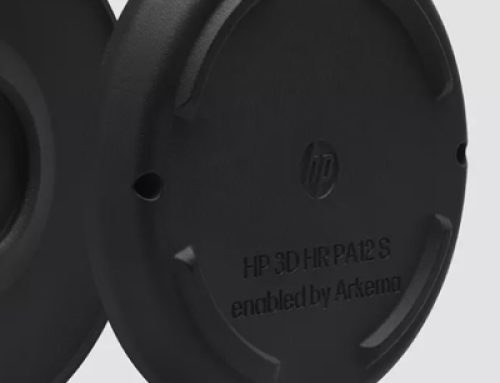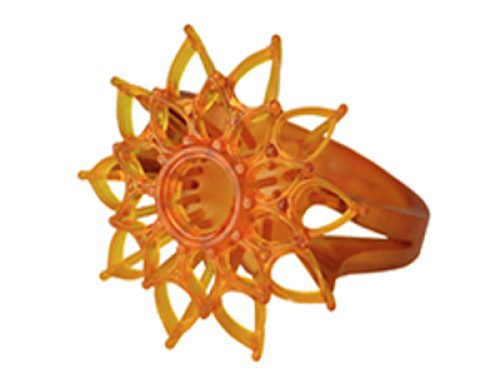
Auto racing can be a fun and exhilarating sport. Reveled by dedicated fans and casual enthusiasts alike, the rapid acceleration, extreme speeds, and powerful roaring of engines delivers a rush of excitement unlike any other event. This year, Cimquest joined in the excitement through our sponsorship of Villanova University’s Formula SAE team, known as Nova Racing. Using 3D printing, we were able to help print a racing part designed by the team’s student engineers. This part was used in their final car design for the 2016 Formula SAE competition at Michigan International Speedway.

The Formula SAE competition offers college and university students the opportunity to practice real world systems engineering through the design, fabrication, assembly and testing of formula-style race cars. Each year teams from over 100 institutions compete, working under the assumption that a manufacturing firm has hired them to develop a prototype race car for evaluation as a production item. Cars are judged in a series of static and dynamic events, including design, cost presentation, acceleration, autocross, skid-pad and endurance.
Nova Racing has been competing in FSAE since 2008, building high performance cars from the ground up. The team encompasses a bright group of 25+ Undergraduate and Graduate engineers, all of whom apply engineering processes learned in school towards the development of the car. A crucial part of their design for this year’s event was the engine intake. Upon designing the intake, the team explored a few options for manufacturing the part. Ultimately, they decided to have the final part 3D printed at Cimquest’s rapid prototyping facility.

The intake was printed in Ultem 9085 on one of Cimquest’s Fortus 400 machines, and then reinforced with carbon fiber from Nova Racing. It was mounted to the final car, tested, and then driven with at the main competition. Traditional carbon fiber intakes for performance vehicles are made with sacrificial cores from eutectic salt, ceramic, or urethane. However this process requires costly machine tooling and there are limits to part geometry. By using 3D printing, the team was able to conceive and design a complex, intricate intake without worrying about restrictions of conventional machining. The finished part had the aesthetic appeal and performance similar to other high performance auto parts.

Out of 138 teams, Nova Racing came in third for acceleration–its highest placement to date. Additionally, the team came in fifth for cost presentation, tied for twelfth in design, and scored fifteenth in business presentation. Nova Racing spent a year designing their car and throughout this period they faced everyday challenges that engineers encounter in the real world. Through critical thinking and team collaboration they were able to successfully conceive and implement a unique race car design that gave a commendable performance. Additionally, 3D printing helped make the awesome looking engine intake necessary for power, efficiency, and smooth airflow.
For more information on Villanova FSAE, visit their Facebook page, or watch the video below.








Leave A Comment